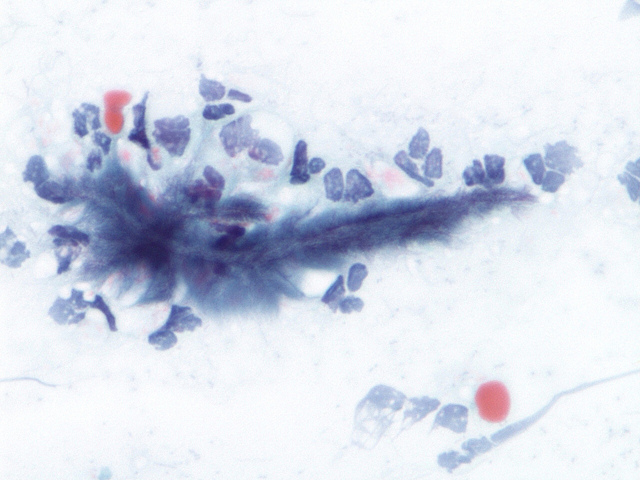How I Structure Unit Tests
There are likely as many conventions for unit test structure as there are programmers. However, for the past few years I’ve used a slightly modified version of one I found in Phil Haack’s Structuring Unit Tests blog post. It goes like this:
The Pattern
[P] SomeProject.UnitTests
[F] SomeLogicalGroupTests (0-N optional)
[F] SomeClassTests
[C] MethodShould.cs
[M] DoSomethingGivenSomeCondition
Where:
- [P] = project
- [F] = folder
- [C] = class
- [M] = method
Which, in the real world looks something like this (assuming a C# project):
TheWorldNeedsAnother.Calculator.UnitTests.csproj
OperationTests
PrimaryOperationTests
AddTests
SumShould.cs
ReturnPositiveNumberGivenPositiveOperands()
ReturnNegativeNumberGivenNegativeOperands()
I really like how all this works out and I haven’t stumbled upon a better way yet. What surprised me the most is how it really made it much simpler to quickly identify what was broken without having to dig around a giant unit test class. When I see a failed test, the test runner has already given me a lot of information by nature of the convention.
Additionally, I’ve found it very valuable when I’m thinking about test coverage. With this structure, I can tell immediately if a method has any coverage or not without needing to open a single file. What’s more, I can browse the structure quickly and spot coverage gaps without having to wade through dozens or hundreds of tests.
Oh, and did I mention how easy it makes refactoring? If I move a method from one type to another or perform other significant refactorings, putting the unit tests where they belong (which is sometimes in the garbage bin) is quick, easy, and safe.
PROS
- It keeps the tests very nicely organized
- It makes it dead-simple to “eyeball” coverage
- It reads very nicely in tools such as NUnit Test Runner and ReSharper’s test runner
CONS
- You have to make a new class (file) per method under test (unless you don’t mind more than one class per file)
Is this the One True Unit Test Structure? I honestly don’t know. I do know, however, that it’s the structure that has worked really, really well for me.

